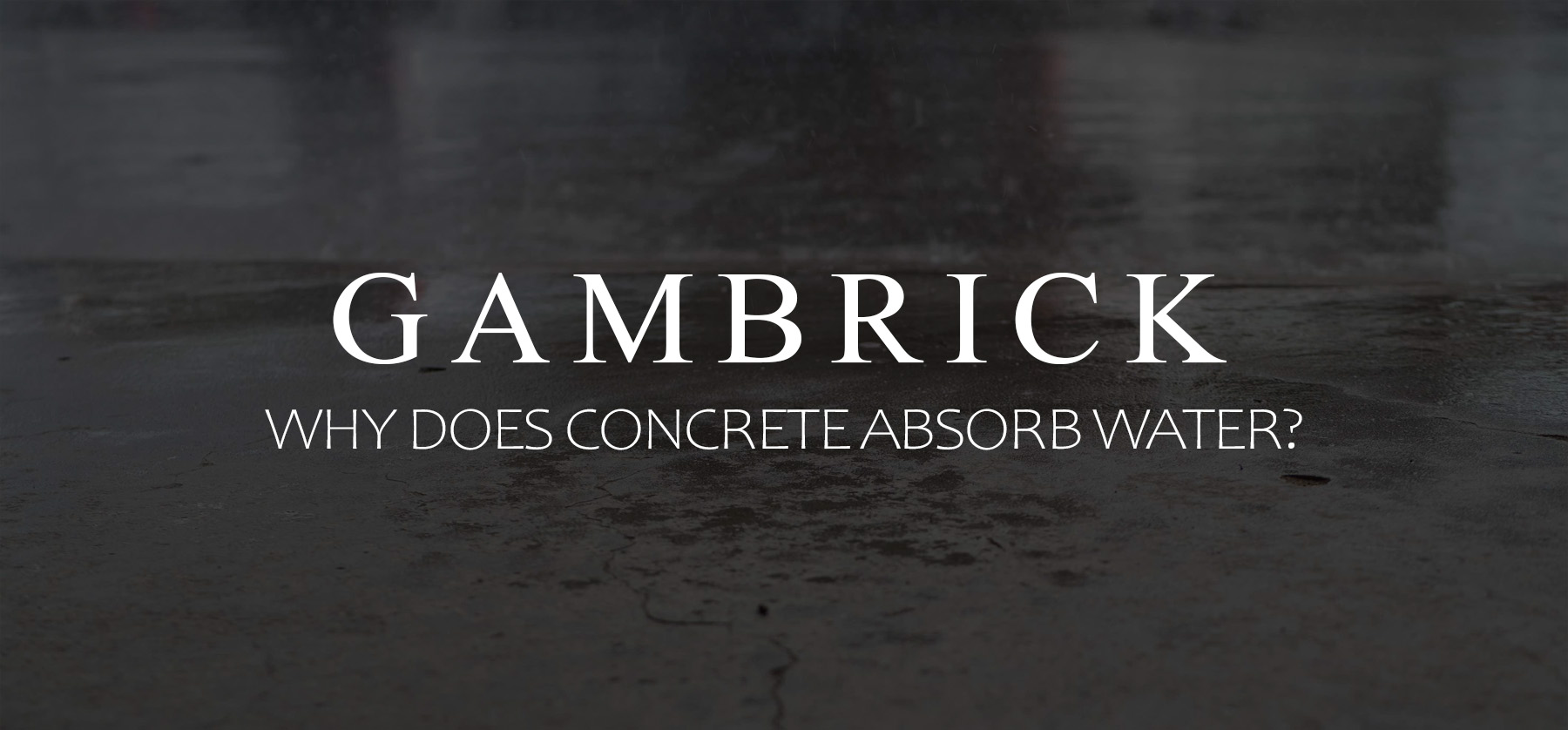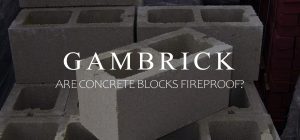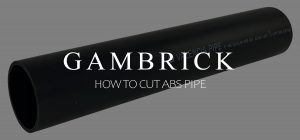
Why Does Concrete Absorb Water?
The reason concrete absorbs water is due to how it’s made. Concrete is a man made material created by mixing varying levels of sand, cement and aggregate (gravel) with water. Depending on the amount of each ingredient used, and the actual ingredients themselves, you can produce a different type and strength concrete. The finished concrete is a porous material like a sponge. It may look hard, flat and smooth to the naked eye, but there are actually thousands of pores running throughout the concrete which are created during the mixing process. Some are only on the surface and others run deeper into the center of the concrete. Because of all these pores, concrete can absorb and hold a lot of water.
When concrete is mixed and poured it’s a semi solid. It typically takes concrete around 28 days to harden and achieve it’s full strength. This process is called curing.
During the curing process, water that was used to create the concrete evaporates from the mixture. The bubbles leave behind a system of small tunnels and air pockets within the concrete.
Because of all these voids, concrete has a porous structure that absorbs water. Concrete with large voids that let water drain through it is called pervious concrete.
Understanding how and why concrete absorbs water will help you build things like concrete shower pans, driveways, and patios. It also helps determine the right concrete mix for a slab.
Ahead we’ll discuss why concrete absorbs water in more detail along with some ways you can prevent it.
Concrete Is Porous
Concrete is made by mixing several ingredients together. Typically those ingredients are Portland Cement and Sand mixed with Water and an Aggregate like Gravel. When water and cement mix it forms a paste that binds the ingredients together. As concrete dries, the space where moisture used to be leaves behind a system of pores. In addition, the type and size sand and aggregate used also add to the concrete’s level of absorption.
Cement, water, and aggregate can be mixed together by hand in a tray or wheelbarrow, a motorized drum mixer or delivered by a concrete truck. Because variations in the amount of each ingredient used, and the type, change the strength of concrete, make sure you buy the correct psi for the job your doing. This ingredient variation will also change how porous your concrete is and how much it absorbs water.
By adding fewer or smaller aggregate you get a smoother concrete that easier to work with but not as strong. It also doesn’t absorb as much water because the ratio of cement to aggregate is higher. This type of mix is better for a smooth top coat or non structural pour.
By adding more and larger aggregate, you strengthen concrete but make it harder to work with. A concrete mix like this is better for structural applications like a foundation, patio or sidewalk but it’s porous and absorbs more water.
All concrete absorbs water to some degree. There’s not much you can do about it other than seal the concrete after it’s hardened or vary your ingredients to reduce it’s pores.
Concrete Contains Water
Water is what causes all the chemical reactions between your cement and aggregates to happen. Without water, a dry concrete mix would remain in a powder form. Water makes the cement harden like a paste which binds all the ingredients together. This semi-solid concrete is poured to create structures like sidewalks, patios, steps, columns and foundations.
Calcium components inside the cement mixture starts strengthening concrete almost immediately. As the cement dries, also known as curing, it binds with the aggregates sand and gravel. This process typically takes 28 days to complete. As it happens, water is evaporated out of the concrete which leaves behind a system of pores.
One of the keys to mixing strong concrete is adding the right amount of water. Too little water and the cement doesn’t have enough moisture to bind properly with the other ingredients. Too much, and concrete becomes brittle and prone to cracks.
Concrete never fully dries. This is because moisture gets trapped within the concrete as it cures and becomes a part of it’s structure. The chemical reaction happening inside the concrete can often continue for years after it sets. Keep in mind that it’s a very small amount of moisture we’re talking about. If you break open a slab of dry concrete you wouldn’t find any water, but some moisture is there.
Concrete Curing
Concrete goes through a process called “curing.” This isn’t just where the concrete dries and hardens. There’s also a chemical process going on inside the concrete which binds it together in a single solid mass. This process typically goes on for 28 days but can continue long after.
Keeping the concrete hydrated helps the chemical reaction take place within the concrete. These reactions eventually let the concrete set and harden. This is why fresh concrete is often lightly sprayed with water as it cures. Doing this allows the concrete to cure slowly which produces a stringer concrete. But it also produces pores.
There’s really no way to avoid water absorbing into your concrete. Some level of absorption is a part of the concrete’s structure. They’re a part of the process. Water must be added into the concrete to start the chemical reaction and curing process, this creates pores which means your concrete will absorb water. And generally, the more aggregate you use and the larger it is, the more pores you’ll get. If you want strong concrete then some level of water absorption is necessary.
Water Tightness
Using too much water in your mix can result in a lower water. This means that after the concrete has hardened, it will absorb more water. The more water you add to the concrete mix, the weaker it will become. But too little water will make the concrete hard to work with or insufficiently mixed.
The ingredients used in your concrete mix can effect water tightness as well. The denser the mix, the less porous the concrete will be. Ingredients such as fly ash, silica fume or slag can be adding into the mix to increase its water tightness.
Aggregates used in your mixture can affect how much water your concrete absorbs. The shape and texture of the aggregates should be taken into account if you want to adjust the absorption rate. Round, fine, and coarse aggregates are what works best.
Luckily, if your using a premixed bag of concrete like Quikrete or buying concrete from a plant, all this has been done for you. The only time you’ll have to worry about aggregates is if your mixing your own batch.
Sources of Excess Moisture in Concrete
While water is a necessary part of making concrete, excess moisture is a bad thing that can cause all sorts of problems. Here are some common problems to watch out for.
- Too much water in your concrete mix. This results in poor water tightness and weaker concrete.
- Moisture rising from beneath a slab. Water can actually penetrate right through the slab and flood a basement without a vapor barrier.
- Poor ventilation. Moisture can build up and stay inside concrete without airflow to help dry it out.
- Leaks. Leaking pipes are a common way concrete gets wet.
- Groundwater and/or poor drainage.
- Inadequate grading. Grade should always pitch away from concrete.
- High relative humidity levels. Moisture in the air can build up on the concrete’s surface and eventually be absorbed.
- Lack of protection from the elements. If you have outdoor concrete then it’s susceptible to the elements. This is where a good sealer comes in handy.
- Not allowing concrete to dry and cure properly. Drying and curing is a very important part of making strong concrete.
- Lack of climate control. Indoor concrete with a regular temperature holds less water than if the temperature fluctuates.
- Condensation. Airflow is an important part of keeping condensation off your concrete. This is why slab fans are an important addition in many basements and crawl spaces.
How Moisture Affects Concrete Strength
High water to cement ratios result in more space between the aggregates which affects compaction. Similarly, increased moisture reduces the concrete’s compressive strength and durability.You need just enough water to for the cement to create a paste which binds ingredients together. And not a drop more.
As concrete’s surface area increases so does it’s demand for water. This increase is caused when you add in aggregates like sand and gravel. In general, an 80 lb. bag of premixed Quikrete at 3500 psi need 3 quarts of water. Any less and it won’t mix thoroughly, any more and you’ll weaken the concrete.
Excess water creates more space between the aggregates. When the concrete dries out, all this space creates lots of voids where water can penetrate. Simply put, more water means more evaporation which means more pores.
This all means weaker concrete with greater absorption. Concrete mixed with even a small amount of excess water can be 40% weaker compared with concrete that’s properly mixed.
Microbial Growth & Concrete
High relative humidity levels, warm temperatures and moist porous concrete create the perfect breeding ground for mold, bacteria and mildew.
While concrete itself doesn’t contain the organic materials for mold to feed on, it’s pores trap dust, pollen, micro organisms and salts, which can be food sources. When mold feeds on these particles, it excretes acids that degrade the concrete. And there are plenty of health concerns that come along with mold growth as well.
To prevent mold growth, it’s important to keep your concrete dry. Especially if that concrete is indoors.
Water Absorbing Concrete
There are some concrete mixes that are designed to be porous and absorb surface water.
Instead of using fine aggregates like sand and small stones, larger crushed granite is packed loosely together which creates lots of voids. Once cured, this design creates a concrete that’s porous enough to allow water through while still maintaining its strength.
This new design is still very strong but solves concrete water problem. Since water can run right through it, you don’t have to worry about absorption.
What You Can Do About Concrete That Absorbs Water
Although water is a very important part of making concrete, how it absorbs water after it’s cured can be a problem.
Exterior Slabs. It’s a good idea to seal large concrete slabs like a patio. Because a sealer penetrates and fills the concrete pores, water can’t get in. Instead, water beads on the surface and runs off.
Air Flow. In a basement or crawl space, I recommend installing a fan if you don’t have vents. proper airflow is important to dry moisture on your concrete. Especially if there’s high relative humidity.
Temperature. Regulate temperature to keep your interior concrete dry.
Vapor Barrier. A vapor barrier is essential if you have a basement or crawl space slab. It’s also recommended for concrete walls against earth. Vapor barriers stop water from penetrating into the concrete.
Grading. One of the most common issues we see with concrete and water is poor grading. Make sure your ground slopes away from the house so water can’t sit against the concrete.
You may notice that a lot of the suggestions shown above are about water mitigation. If water is kept away from concrete, it can’t be absorbed and problems like mold, mildew and cracks can be prevented.
Summary: Why Does Concrete Absorb Water?
The reason concrete absorbs water is due to how it’s made. Concrete is a man made material created by mixing varying levels of sand, cement and aggregate (gravel) with water. Depending on the amount of each ingredient used, and the actual ingredients themselves, you can produce a different type and strength concrete. Hardened concrete is a porous material like a sponge. It may look hard, flat and smooth to the naked eye, but there are actually thousands of pores running throughout it which are created during the mixing and curing process. Some are only on the surface and others run deeper into the center of the concrete. Because of all these pores, concrete can absorb and hold a lot of water.
When concrete is mixed and poured it’s a semi solid. It typically takes concrete around 28 days to harden and achieve it’s full strength. This process is called curing. During the curing process, water that was used to create the concrete evaporates from the mixture. The bubbles leave behind a system of small tunnels and air pockets within the concrete. Because of all these voids, concrete has a porous structure that absorbs water.
If you have any questions or comments e-mail us any time. We’d love to hear from you.

John Mazzuca | About | More Posts |
Custom Home Builder
John Mazzuca is a custom home designer and builder at Gambrick with over 25 years experience in the construction industry. John has designed, built and/or remodeled hundreds of homes, small buildings, and commercial projects. He writes about business, real estate, home building, and household electronics. His work has been featured in Fox Business, Better Homes & Garden, House Beautiful, and more.




















